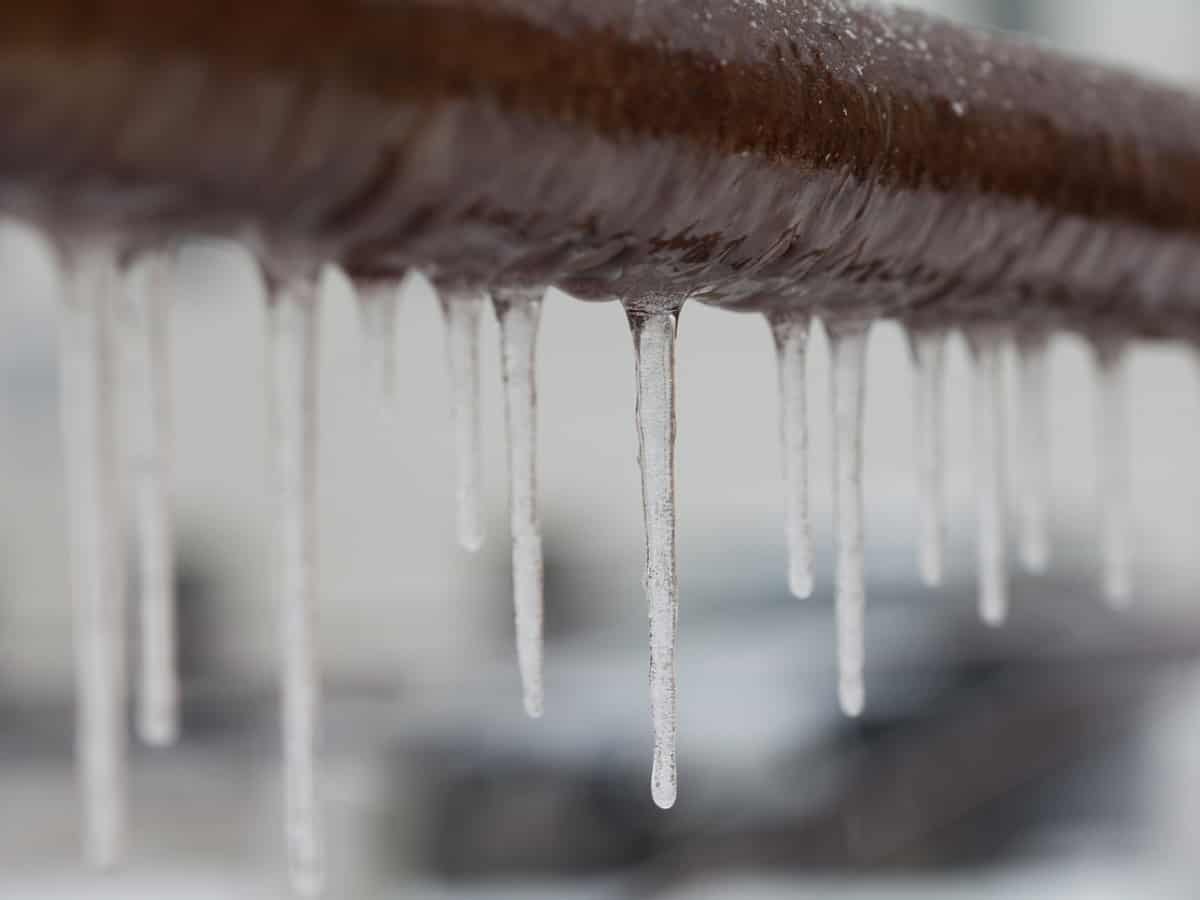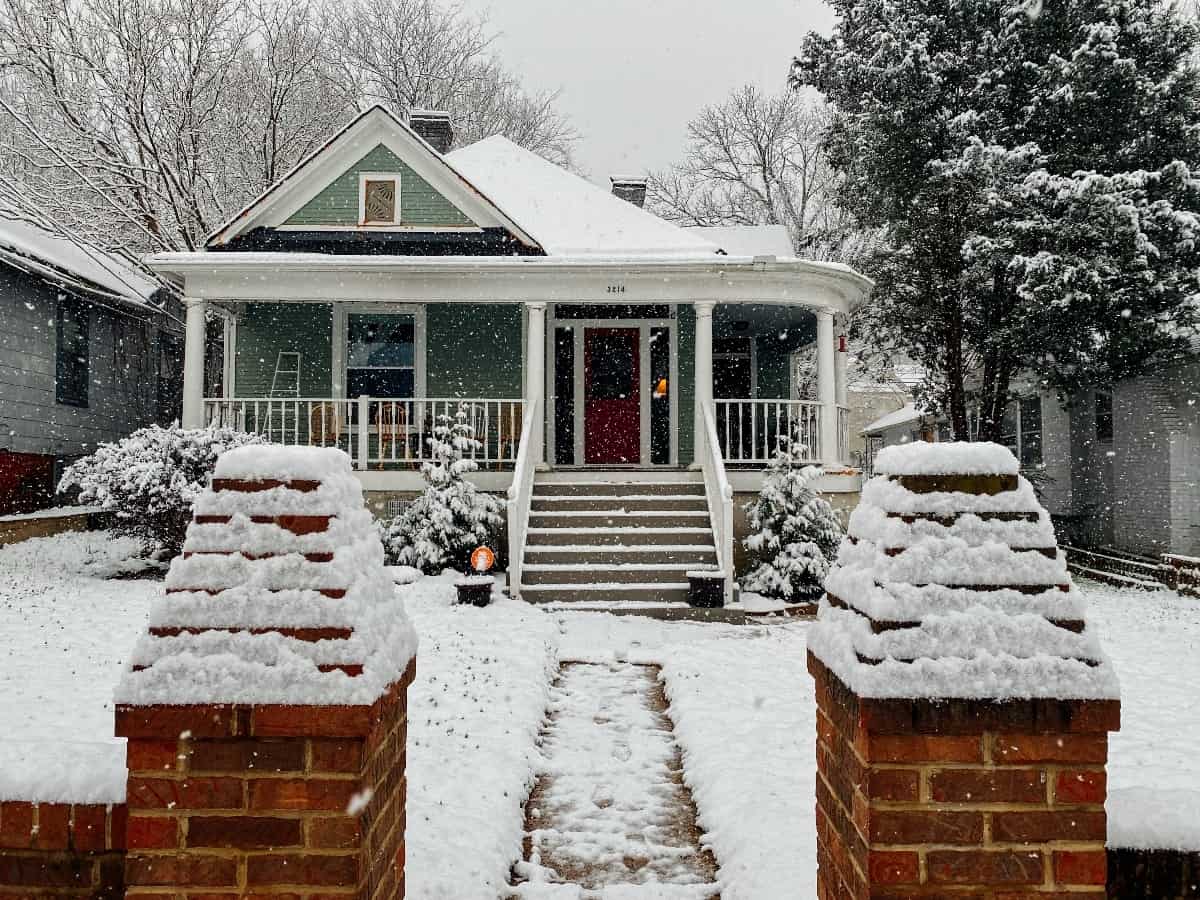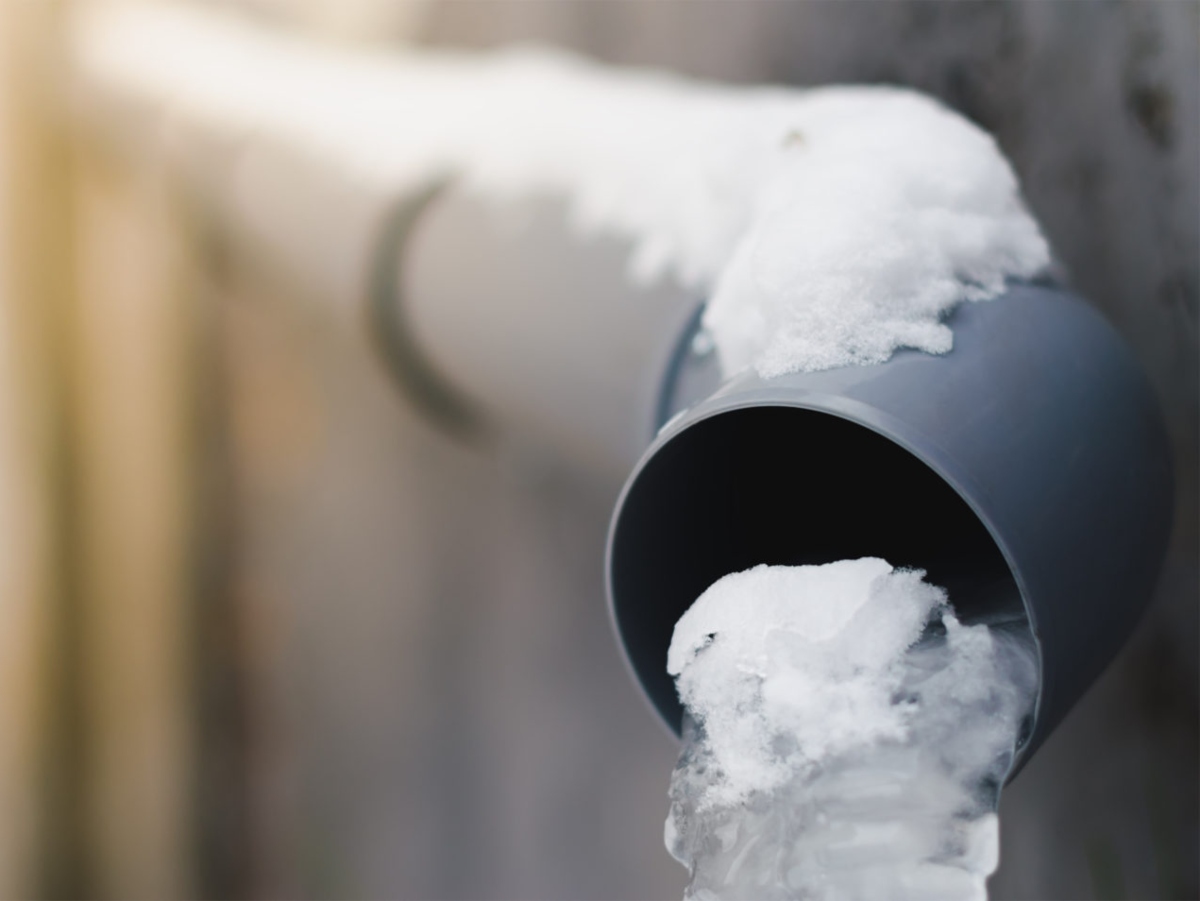If you experience a particularly cold night in your region, it could cause your pipes to freeze. When this happens, there’s a good chance your pipes will burst at some point, thereby causing some very expensive repairs. In this article, we’ll discuss how to thaw frozen pipes, to avoid this kind of situation. That should help you to avoid paying some serious plumbing bills. If you didn’t know how to safely thaw those frozen pipes, you might experience some major water damage in your home. When added to the cost of replacing the burst pipes, this could be a significant expense.
Determine if Your Pipes are Frozen
The first step, of course, is to determine whether or not your pipes are frozen. That will tell you whether any kind of intervention is necessary on your part. There are several reasons why your pipes might freeze, and that has nothing to do with how new or how old they may be. If you live in an area where below-freezing temperatures are fairly common during winter, you have to be especially careful. Preparing for the possibility of frozen pipes is the first step toward avoiding the situation.
In unheated rooms like an unfinished basement, the temperature can drop far below freezing. That means stationary water in the pipes might freeze solid. One way this can be avoided is to have a faucet or two running at a restricted rate through the nighttime hours when it gets the coldest. Because the water is not just sitting in the pipes but is moving through constantly, the pipes will not freeze up overnight.
Here’s how to determine if your pipes are frozen. For those spigots that have very little water pressure or none at all, you’ll have to trace back through the whole system of pipes leading up to the spigot itself. You might see ice or frost on the pipe exterior, and that will give you a huge clue that this section of piping has frozen up. While you’re doing this tracing, you should also look for signs of moisture around the pipes. This could mean that the pipes have already burst, and that water has spewed out into the surrounding area.

Preventing Your Pipes From Freezing
There are some steps you can take to prevent frozen pipes from ever occurring in the first place. If you are conscientious about following the recommendations below, you should be able to avoid the condition regardless of what kind of weather happens to be occurring in your area. Here are some of the steps which will help you to avoid the possibility of frozen pipes:
Keep Your Pipes Warm
The pipes in the main area of your household will be in no danger of freezing because the inside air temperature will be at least 65°. Since this is well above freezing, you won’t have an issue. If any areas of your household have no heat, you’ll need to provide some method of keeping the pipes warm when cold weather comes.
Keep Water Moving
When you hear a weather forecast that calls for sub-freezing temperatures, try to keep the water running through your pipes and through water taps. This is especially important if you have outdoor water taps. By keeping the water moving in your pipes, you can largely avoid the possibility of freezing pipes.
Insulate Pipes
It’s always a good idea to wrap insulation around your pipes! Especially in those areas which are unheated, or which are outdoors. All you need is some foam insulation on the exposed pipes. Alternatively, you can insulate the room where those pipes have been set up.
Heat Unheated Areas of Your Household
You may have an unheated pantry, a boot room, or a closed-off porch that contains water pipes. In this case, make sure that the pipes are either insulated or that a door is left open to a room that is already heated.
Smart Thermostat
If you invest in a smart thermostat, you’ll be able to have continuous monitoring of your heating system. Some of these thermostats are capable of warning you when your pipes are in danger of freezing.
Invest in a Smart Sensor
Smart sensors are also capable of alerting you to a potential problem before it happens. Some of these high-tech sensors are capable of monitoring the temperature of incoming water and also of detecting leaks throughout your home. You will then be notified on your smartphone that the potential for a problem exists.
Check For Signs of Freezing
There are three indications that your pipes are in danger of freezing. Those signs are:
- Low water pressure from one or more taps
- Frost on the outside of pipes,
- Unpleasant smell coming from your water taps or drains.
- Sometimes, you might hear a gurgling noise as well

How to Thaw Exposed Frozen Pipes
Exposed pipes are much easier to thaw, simply because they’re easier to get at, and because you can usually identify frozen pipes with a quick visual inspection. These should be the pipes you address first because they will be the easiest to identify and the easiest to get at for your thawing procedure. After handling these, you can then check to see if you also have some frozen pipes that are enclosed within the walls or ceilings of your home. Several common household tools can be used to help with the thawing process. Here is how you should go about thawing exposed pipes in your household.
Heating Tape
there is heating tape available which is electrically powered and is designed for wrapping around pipes to prevent freezing. This electrically powered heat tape delivers a continuous low heat. When you have a long run of a frozen pipe, this is usually one of the most effective ways of throwing it out.
Space Heater
You can position a space heater directly adjacent to any frozen pipe to help thaw it. However, you should not apply a great deal of direct heat, because that might cause the pipe to burst on the spot. You’re better off focusing on providing a lower, more gradual warming. Space heaters are most effective when you have a frozen pipe in a smaller enclosed area that can be heated up fairly easily.
Hair Dryer
You can use a hair dryer to gradually increase the warmth of any length of pipe. Make sure to move the hair dryer along the entire length of the pipe so you don’t concentrate on any single area. That can also cause the pipe to burst, and that would defeat the effort of trying to thaw the pipe.
Thermostat
Sometimes your pipes will be just mildly frozen from an overnight that got just below freezing. In this case, you might be able to simply increase the thermostat setting temporarily to warm the house up and gradually thaw the pipes. If you have pipes that are frozen behind doors or cupboards, these will need to be opened up. That will allow the warm air to circulate in and around the frozen pipes.
How to Thaw Pipes in Ceilings or Walls
When you have frozen pipes that are enclosed within ceilings or walls, it can be a bit more challenging to carry out the thawing process. It will generally be worth your while to find out exactly why these pipes have frozen. Failure to do this might cause a recurrence of the frozen pipes situation. Sometimes, these enclosed pipes are adjacent to an outer wall, and that exposes them to the ongoing possibility of freezing. Sometimes they may have an opening nearby that allows cold air to freeze the pipes. By correcting these issues, you can save yourself the trouble of having to thaw enclosed pipes in the future.
Space Heater
If you have vents in a wall or ceiling adjacent to a pipe that has frozen, it should be possible to position your space heater very close to those vents. The space heater can then issue warm air into the area which will gradually cause the pipe to warm up safely. It will depend on exactly where the pipe has become frozen, how big an area needs to be thawed, and the positioning of any vents near your pipes.
Thermostat
By temporarily increasing the heat level in your home, you can warm up the entire household, including whatever’s behind the walls and ceilings. While this method can be fairly effective, it might take several hours or even several days before your pipes become thawed enough to be usable.
Expose the Pipe
There are some situations where it may be necessary to cut through the drywall or whatever it is that has enclosed your pipes. Once you’ve created a hole, you can direct warm air from a space heater on the frozen pipes to gradually cause them to thaw. Of course, you’ll be left with a hole in your wall, but that will undoubtedly cost you far less to repair than if you underwent all kinds of water damage or plumbing repairs.




